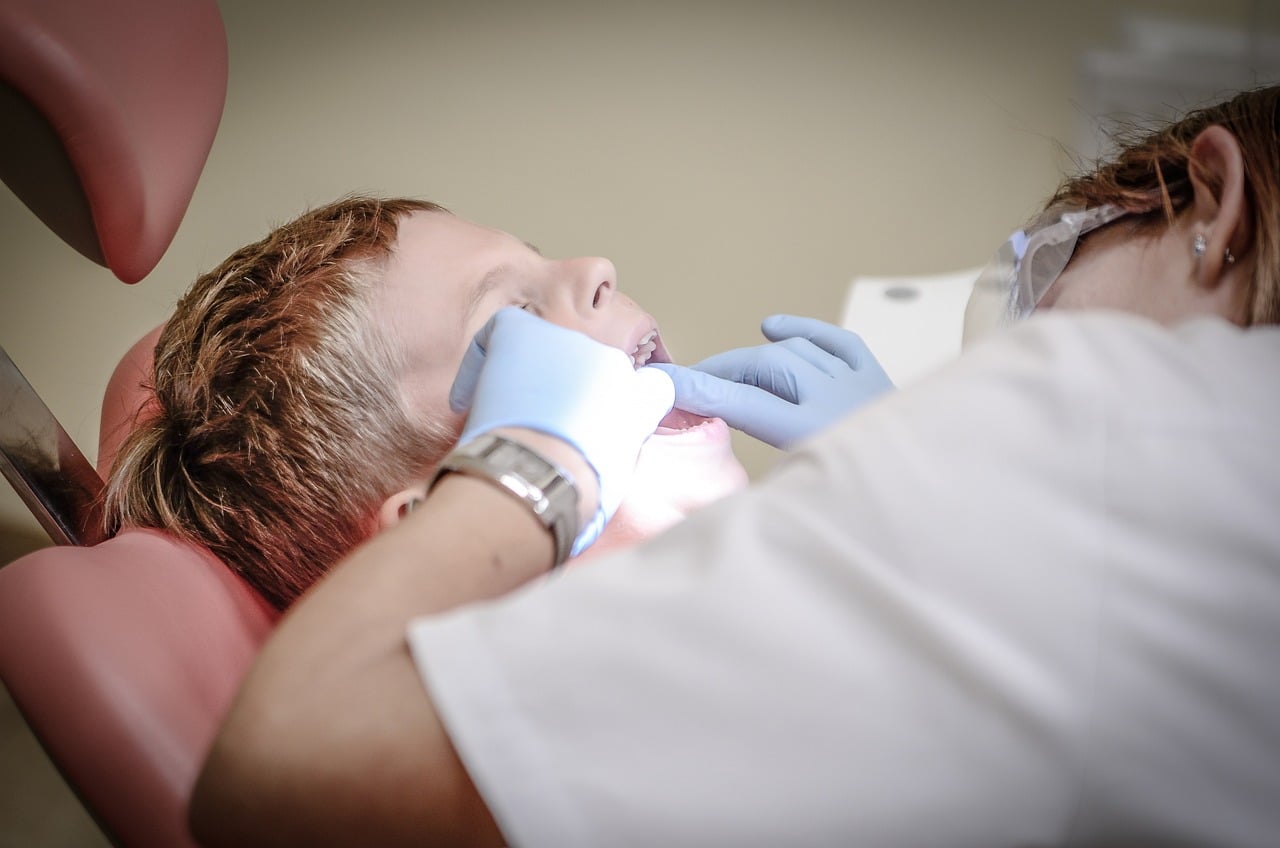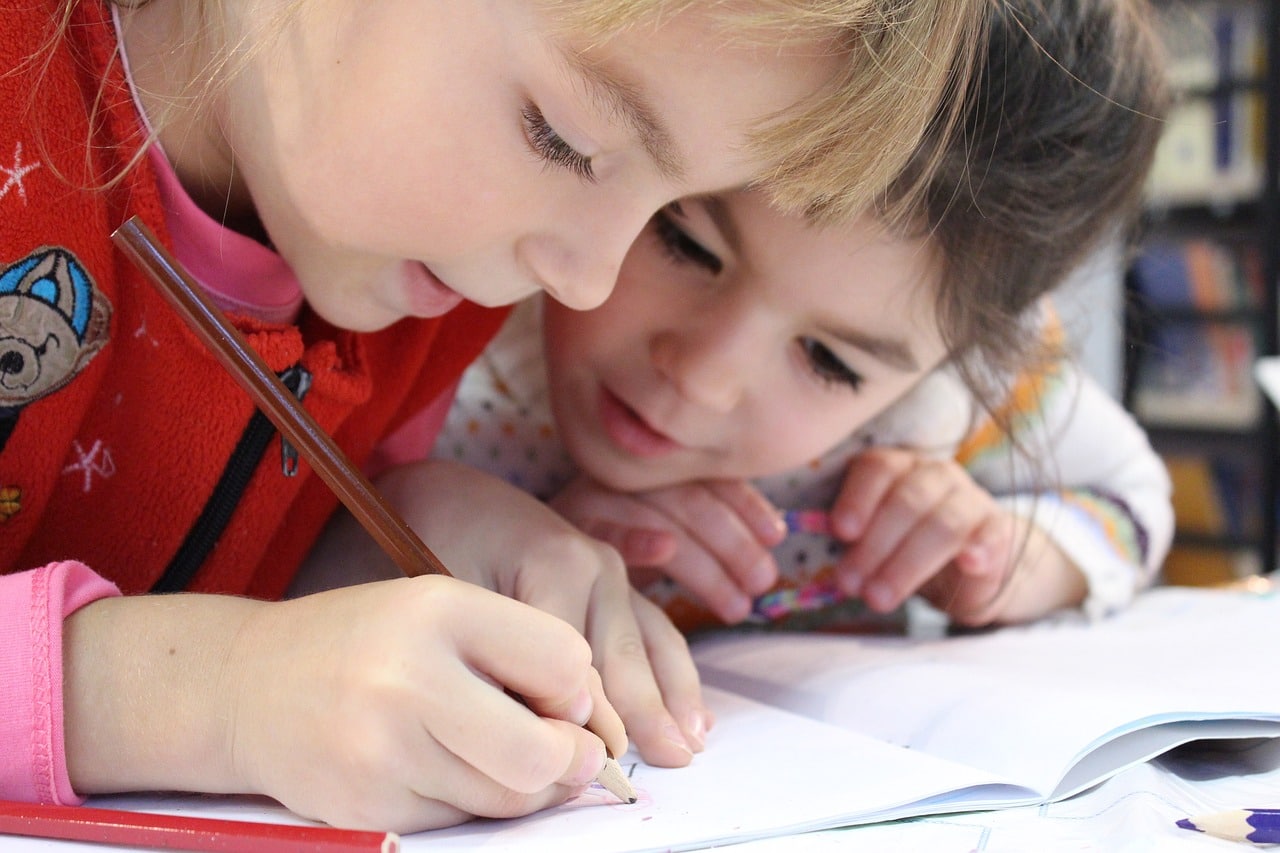
Dyglossia is a disorder that makes it difficult to pronounce phonemes.
articulating apparatus
The articulatory apparatus is made up of the palate , teeth , tongue , lips and glottis . Dyglossia implies a physiological or anatomical alteration that leads the patient to not be able to pronounce phonemes well: that is, the phonological units.
It is important to keep in mind that dysglosia is not linked to a neurological problem . That's why it has nothing to do with brain function.
Causes
Among the most common causes of dysglosia are genetic malformations such as cleft palate and cleft lip . These anomalies affect speech and eating and favor the development of infections in the ear area.
Trauma and peripheral facial paralysis can also cause dysglosia. Another cause is the presence of certain defects in the jaw, either due to hereditary issues or problems during development. We must also mention the deviation of certain teeth, which can make speech difficult.
Treatment
Its treatment is usually carried out through surgical interventions at an early age. However, since dysglosia can occur for different reasons, specialists must make a precise diagnosis before indicating the most appropriate way to treat the problem.
In general, we can say that the treatment is not only aimed at the soft palate, maxillary bones, lips, dental arches and tongue, but also at certain functions of the patient that include speaking, chewing, breathing and swallowing To do this, different disciplines must work together. Treatment also depends on the severity of the pathology, beyond its causes.
Speech therapy exercises
There are speech therapy exercises that help improve the pronunciation of phonemes. These practices help regulate psychomotor skills through breathing techniques and the coordination of the movement of the teeth, tongue and lips.
Let's look at some of them below, depending on the part they focus on:
- soft palate : their objective is the regulation of nasal leaks, and they achieve this by focusing on agility and sensitivity;
- tongue : the dynamics of these exercises consist of tensing and relaxing the tongue. One of its goals is to improve the elasticity of the frenulum;
- jaw : they work on their mobility to improve their performance in the functions that involve it;
- lips : by closing and opening the lips, as well as tensing and relaxing them, it is possible to enhance their elasticity.
Symptoms
The symptoms of dysglosia are divided into nuclear and associated . The former are distinguished by some problem when articulating phonemes, and usually appear due to malformations in the organs necessary for phonation.
With respect to the associated symptoms, the so-called rhinophonies are observed, which are anomalies in vocal production that arise as a result of some injury. Other symptoms in this category include problems expressing oneself fluently, total or partial disability in one or both ears , difficulties reading and writing, and poor performance in school.

Poor performance in school is one of the symptoms of dysglosia.
More specifically, symptoms may include some difficulty in:
- pronounce consonants like L , R or S ;
- articulate relatively long words;
- speak clearly and precisely, instead emitting poorly defined and unorganized sounds.
Not to be confused with diglossia
Dyglossia should not be confused with diglossia . This second term ( diglossia , without the S before the G ) refers to the forked form of the language or bilingualism when one of the languages is more prestigious or socially relevant than the other.
